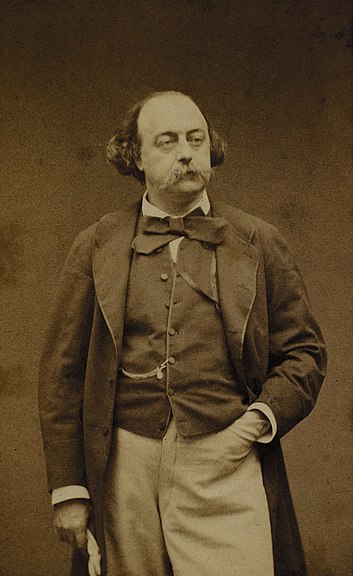Questions like this one are what make Mystery interesting as a subject of speculation and
contemplation. It came to me as I was watching a YouTube playlist of videos by a Polish group, the Marcin Wasilewski Trio (see below). I was literally being thrilled with enjoyment, partly my own, and partly by the pleasure these three young musicians take in creating music.
Theirs, it seems, is a higher order of pleasure I’ll call
joy because when you look at the universe (the macro and micro versions of it),
that seems to be its intent, an ongoing Big Bang of joy and freedom. Jazz is
that. So if it puts a smile in my heart, surely, in some shape or form, it must
have a similar effect on the Ground of Being itself. Imagine having to wait
through centuries of Gregorian chants for it.
These thoughts followed a meandering connection made a few
days ago while I was supposed to be meditating. It occurred to me that I could
think of the material world as an interface between me and what I think of as
immaterial Mystery, which touches us with hints of itself—a humanly intelligible membrane behind which operates a nondualistic (so mystics insist) infinity that eludes all rational understanding.
 |
| Stormy clouds |
For me, those hints come in the form of metaphors and
analogies that leak through into awareness if I’m alert to them. They resonate
not in mental realms of reasoned argument and logic but somewhere deeper, in a rush
of feeling, an unaccountable excitement, or a relaxation of some dread or fear,
the sense that I am in Good Hands.
The word for that, faith, has I’m told an interesting
history. It has evolved from the acceptance of beliefs for which there is no
evidence. Over time it has come to mean belief only in what one knows for sure.
The first embraces ambiguity, finds reassurance in uncertainty, and tolerates
doubt. The second clings instead to beliefs that cannot be known with any
certainty—and yet permits no room for doubt.
Faith, for me now, is something I look for signs of somewhere
in the body, in whatever I take for the moment as a center of gravity (shifting
downward, I’ll add, as the steroids have broadened my girth by 20 pounds). I have
been starting each day with a prayer of gratitude: “Thanks for another day to
be human.” Cancer has got me doing that.
Before, (I’ll blame no one), and easily enough from my own
congenital fears, I have avoided deeply engaging with my humanness—except in limited
ways, mostly having to do with thinking, thinking, thinking all the time—my
head inserted as I’ve often joked, in a dark place.
 |
| MRI time |
In the time I have left, I hope to discover more of what it
is to be human. There is an adventure of a lifetime, still waiting. I don’t
want to have missed it. This came home to me in the PBS series about the
Roosevelts this week, each of them an individual portrayed as profoundly wounded
and damaged, yet emerging as both human and resilient—despite the odds.
I’ve also been reading Sam Harris’ new book, Waking Up, about spirituality without
religion. This may seem an odd choice, since Harris is an avowed atheist, and
he would surely scoff at some of my ruminations here. So far, his book covers a
lot of scientific research into the workings of the brain—not what I
expected—and he gets a bit self-congratulatory if not smug about his own
preference for rationality.
This gets a little tiresome, as he seems not to know how
boring he makes it by comparison with the rich suggestiveness of poetry and
storytelling—the English major in me always ready to suspend disbelief. The man
is a champion of meditation, however, and I’m curious to know how it fits into
his scheme of the universe.
 |
| Desert Regional Medical Center, Palm Springs |
Health news. This
week was my monthly MRI and visit with the oncologist. Nothing has changed.
The
tumor, what’s left of it, remains stable, and swelling from surgery in January
has reduced yet a bit more. My meds have been adjusted again, steroids and anti-seizure
dosages reduced by 20 to 30%. Discussion of whether it will ever be safe for me
to drive a car again resolved to “probably not.” Meanwhile, I have started another
5-day course of chemo. Going into it, my blood count is good this time. I’m
hoping not to have the usual week-long bout of fatigue—and that the taste of food will
not revert again to zero.
No poetry writing this week, but I’m making progress with
shifting more attention to the right side of my brain (same side as the tumor), where
I’ve been dusting off the neuroreceptors for metaphor and making the guest room
comfortable for any surprise visits of Mystery.
Closing out this week with a quietly meditative piece by the
Marcin Wasilewski Trio, “Cinema Paradiso.” Enjoy.





















